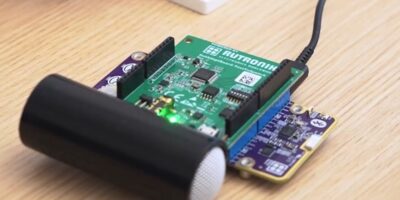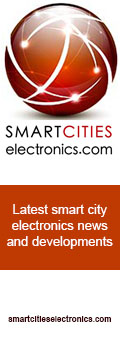Rutronik System Solutions expands functionality of RDK3 base board
The growing demand for IoT devices is accompanied by an equally growing demand for energy-efficient energy harvesting modules. In order to meet the ecological and economic challenges of this trend, Rutronik is focusing on innovative solutions for harvesting energy from the surrounding environment. To this end, Rutronik’s System Solution developers, together with Rutronik’s wireless application experts, are introducing an innovative extension for the RDK3 Base Board. The new Ambient IoT remote control uses energy harvesting technology and thus offers a sustainable solution for the growing IoT ecosystem – without the need for a battery.
Thanks to the use of efficient wireless system-on-chip and power management semiconductors, energy harvesting can now replace conventional batteries in many applications. In addition to being environmentally friendly, this technology also reduces the costs associated with battery maintenance, supply chain, logistics, and disposal.
For the new extension of the RDK3, Rutronik allows the Infineon PSOCTM 64 (Secured MCU) integrated in the development kit to communicate with an EnOcean PTM 216B module, which contains a nRF52 SoC from Nordic Semiconductor, with an integrated Bluetooth Low Energy (BLE) interface. In the developed demo, the latter is located in a standard light switch and draws its electrical energy from mechanical motion – such as a keystroke. The RDK3 enables easy, cross-supplier communication between components, which means added design flexibility.
This type of technology is already established in light switches in buildings based on the Sub GHz EnOcean protocol. This protocol and ecosystem are maintained by the American EnOcean Alliance, which takes care of this 868 (EU) / 902 (USA) / 928 (JPN) MHz protocol. The German EnOcean GmbH manufactures the hardware for this. In a single module, both the components for kinematic energy harvesting and wireless connectivity are embedded. For the RDK3-based remote control, the company’s expertise and patents in the field of energy harvesting are used, but combined with Nordic Semiconductor’s Bluetooth technology, instead of the original Sub GHz-SoC.




